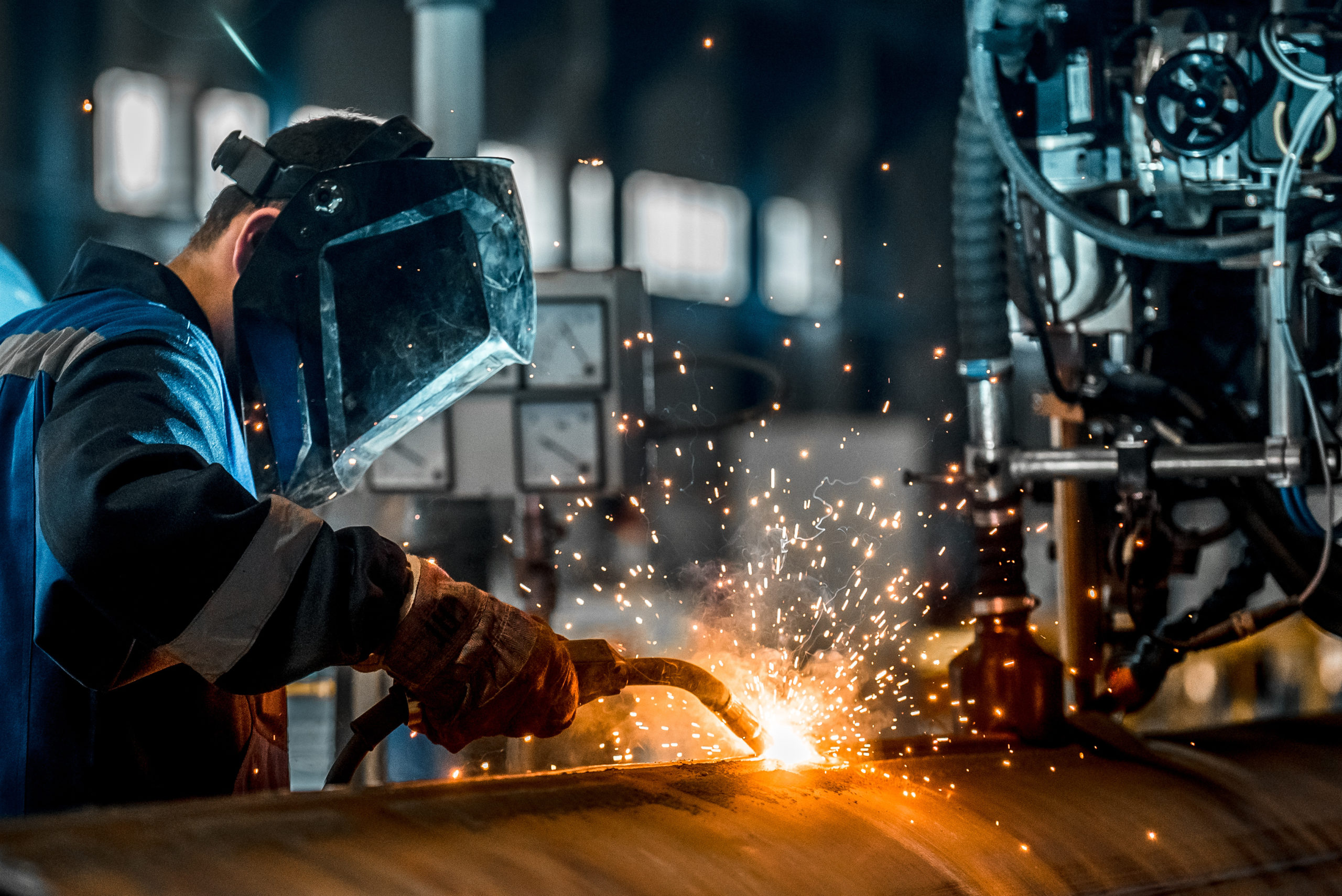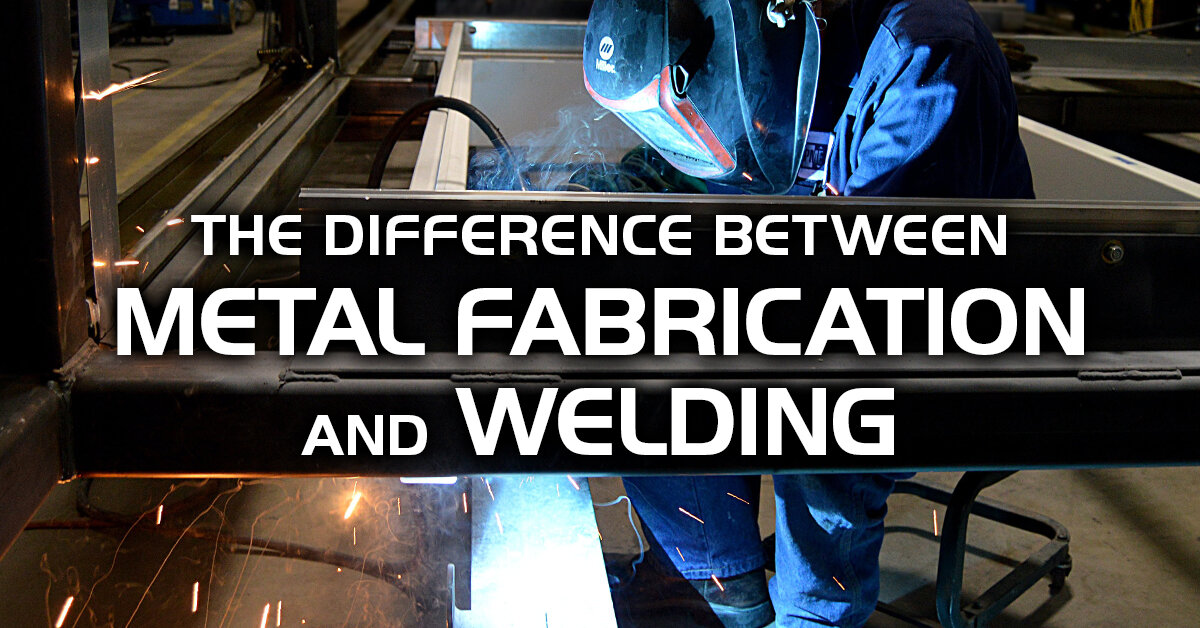Typical Welding Repair Issues and Just How to Address Them Effectively
Welding repairs often come across a variety of problems that can endanger the honesty of the end product. Common problems include poor infiltration, porosity, and imbalance, amongst others. Each problem provides unique obstacles that call for particular techniques for resolution. Comprehending these concerns is vital for welders intending to enhance their results and skills. This conversation will certainly explore these typical welding repair problems and efficient methods to resolve them.
Poor Penetration
Insufficient penetration takes place when the weld steel fails to totally fuse with the base material, leading to weak joints and possible architectural failures. This problem usually stems from insufficient warmth input, inaccurate electrode angle, or improper welding rate. Welders might encounter insufficient infiltration as a result of a mistake of the required specifications for a details material density or type. Additionally, contamination on the base material's surface area can impede reliable bonding, intensifying the issue. To address poor penetration, welders should ensure suitable setups on their equipment and maintain a tidy work surface. Normal assessment of welds is suggested to determine any shortages early, allowing for prompt modifications and the avoidance of compromised structural integrity in welded settings up.
Porosity
Porosity is an usual defect in welded joints that manifests as small gas bubbles caught within the weld steel. This flaw can endanger the honesty of the weld, resulting in decreased strength and potential failing under stress. Montana Mobile Welding and Repair Belgrade. Porosity typically occurs from contamination, wetness, or improper welding methods, which permit gases to get away right into the liquified weld swimming pool. To address porosity, welders ought to assure appropriate surface area prep work, maintain a clean functioning setting, and utilize appropriate welding criteria. Furthermore, choosing the ideal filler material and protecting gas can mitigate gas entrapment. Normal assessment and screening of welds can help recognize porosity early, guaranteeing prompt rehabilitative actions are taken, consequently preserving the quality and dependability of the bonded framework
Imbalance
Imbalance in welding can occur from numerous aspects, including improper configuration and thermal development. Comprehending the origin is crucial for efficient resolution. Numerous improvement techniques are offered to straighten parts and guarantee structural honesty.
Reasons for Imbalance
Welding misalignment frequently comes from a variety of underlying problems that can jeopardize structural integrity. One main reason is incorrect fit-up of elements prior to welding, which can bring about spaces and irregular surface areas. Variations in thermal growth throughout the welding process can additionally result in distortion, especially if the materials being signed up with have different coefficients of development. Furthermore, insufficient fixturing and clamping might stop working to hold parts safely in location, leading to movement throughout welding. Badly kept devices, consisting of welding makers and tools, might present inconsistencies in the weld bead, more adding to misalignment. Driver mistake, stemming from inadequate training or experience, can likewise play a substantial function in creating misaligned welds.

Improvement Techniques Readily Available
Resolving misalignment effectively needs a combination of rehabilitative techniques customized to the specific issues at hand. One usual technique is the usage of components or jigs to hold components in the correct setting during welding, making sure regular positioning. In addition, preheating the materials can help lower distortion and boost fit-up. For considerable imbalance, mechanical realignment methods, such as utilizing hydraulic jacks or clamps, can be employed to remedy the placement before welding. Post-weld heat therapy may also be essential to soothe stress and anxieties brought on by misalignment. Careful inspection and modification during the arrangement phase can avoid imbalance problems from coming to be significant issues, promoting a smoother welding process and improving total structural honesty.
Distortion
Distortion is an usual obstacle in welding that can develop from various variables, including irregular cooling and heating. Recognizing the root causes of distortion is essential for implementing effective prevention methods. Addressing this concern not just improves structural honesty however also improves the overall high quality of the weld.
Reasons for Distortion
When based on the extreme warmth of welding, materials usually undergo modifications that can cause distortion. This sensation primarily occurs from thermal development and contraction during the welding procedure. As the weld area warms up, the product increases; upon air conditioning, it acquires, which can produce interior anxieties. Furthermore, unequal home heating throughout a workpiece can intensify these stresses, resulting in warping or bending. The sort of product additionally plays a considerable function; steels with varying thermal conductivity and coefficients of development might respond in different ways, leading to uncertain distortions. Poor joint layout and poor fixturing can add to imbalance throughout welding, increasing the possibility of distortion. Comprehending these causes is essential for efficient welding repair and prevention techniques.
Avoidance Techniques
Reliable avoidance methods for distortion throughout welding emphasis on controlling warmth input and ensuring proper joint layout. Maintaining a constant heat input aids to decrease thermal development and contraction, which can result in distortion. Making use of methods such as preheating the workpiece can additionally lower the temperature slope, promoting consistent home heating. In addition, choosing suitable joint styles, such as T-joints or lap joints, can enhance stability and decrease stress focus. Executing appropriate fixturing to secure the workpieces in position even more help in maintaining placement during the welding procedure. Finally, staggered welding sequences can disperse heat much more uniformly, avoiding local distortion. By using these approaches, welders can significantly decrease the possibility of distortion and improve the overall top quality of their welds.
Fracturing
Breaking is a common problem experienced in welding repairs, frequently arising from various elements such as incorrect air conditioning prices, material choice, or inadequate joint prep work. The incident of splits can greatly jeopardize the stability of the weld, resulting in possible failures during procedure. To address this problem, welders must first evaluate the origin, making sure that products work and suitably picked for the specific application. In addition, controlling the cooling rate throughout the welding process is crucial; rapid cooling can cause anxiety and bring about splitting. Proper joint layout and prep work likewise add to lessening the danger. Applying these approaches can boost weld quality and durability, inevitably reducing the possibility of splitting in completed weldments.

Insufficient Blend
A substantial issue in welding repair services is insufficient blend, which occurs when the weld metal does not effectively bond with the base material or previous weld passes - Fabrication. This defect can bring about weaknesses in the joint, possibly jeopardizing the honesty of the bonded framework. Factors contributing to insufficient fusion include not enough warm input, improper welding strategy, and contamination of the surface areas being signed up with. To address this issue properly, welders ought to ensure appropriate pre-weld cleansing and surface area More Help prep work, as well as change their welding specifications to achieve sufficient infiltration and blend. Regular evaluation throughout the welding procedure can also aid recognize insufficient fusion early, enabling timely rehabilitative boc mig welder steps to enhance the overall quality of the weld
Overheating
While welding repair work can improve architectural integrity, overheating presents a significant difficulty that can cause product deterioration. Excessive warm during welding can change the mechanical homes of metals, resulting in lowered strength, enhanced brittleness, and bending. This phenomenon is especially vital in high-stress applications where architectural dependability is extremely important. Recognizing overheating can involve visual inspections for discoloration or distortion, in addition to checking temperature level during the welding process. To reduce the threats associated with overheating, welders must utilize appropriate strategies, such as controlling warm input, adjusting travel rate, and using ideal filler materials. In addition, applying pre- and post-weld warmth treatments can aid recover material homes and enhance the total high quality of the repair work, guaranteeing long-lasting performance and safety and security.
Often Asked Questions
What Are the Typical Signs of a Welding Defect?

Just How Can I Examine My Welds for High quality?
To check welds for high quality, one can utilize visual examinations, ultrasonic screening, and radiographic methods. Each strategy ensures structural stability, recognizes issues, and validates adherence to specified criteria, inevitably improving the reliability of the welded joints.
What Safety and security Safety Measures Should I Take While Welding?
When welding, one should prioritize safety and security by putting on proper personal protective tools, making sure correct air flow, protecting combustible products away, keeping a clean workspace, and recognizing environments to stop injuries and crashes.
Can I Fix a Weld Without Renovating the Entire Joint?
Repairing a weld without renovating the whole joint is feasible, depending on the damage (Fabrication). Techniques such as grinding, adding filler material, or utilizing a welding procedure can efficiently resolve particular flaws while preserving the surrounding structure
What Tools Are Necessary for Efficient Welding Repair Works?
Important tools for efficient welding repairs consist of a welding maker, wire brush, grinder, protective butt fusion welding equipment, clamps, and filler products. Each device plays an essential function in ensuring top quality and safety throughout the repair service procedure. Porosity generally arises from contamination, wetness, or improper welding strategies, which permit gases to get away right into the molten weld pool. Badly maintained devices, including welding makers and tools, may present inconsistencies in the weld bead, additional contributing to misalignment. When subjected to the intense heat of welding, products typically undertake adjustments that can lead to distortion. Splitting is a typical problem come across in welding repair services, frequently resulting from numerous aspects such as incorrect cooling rates, product selection, or inadequate joint preparation. A substantial problem in welding repair work is insufficient combination, which occurs when the weld steel does not adequately bond with the base product or previous weld passes.